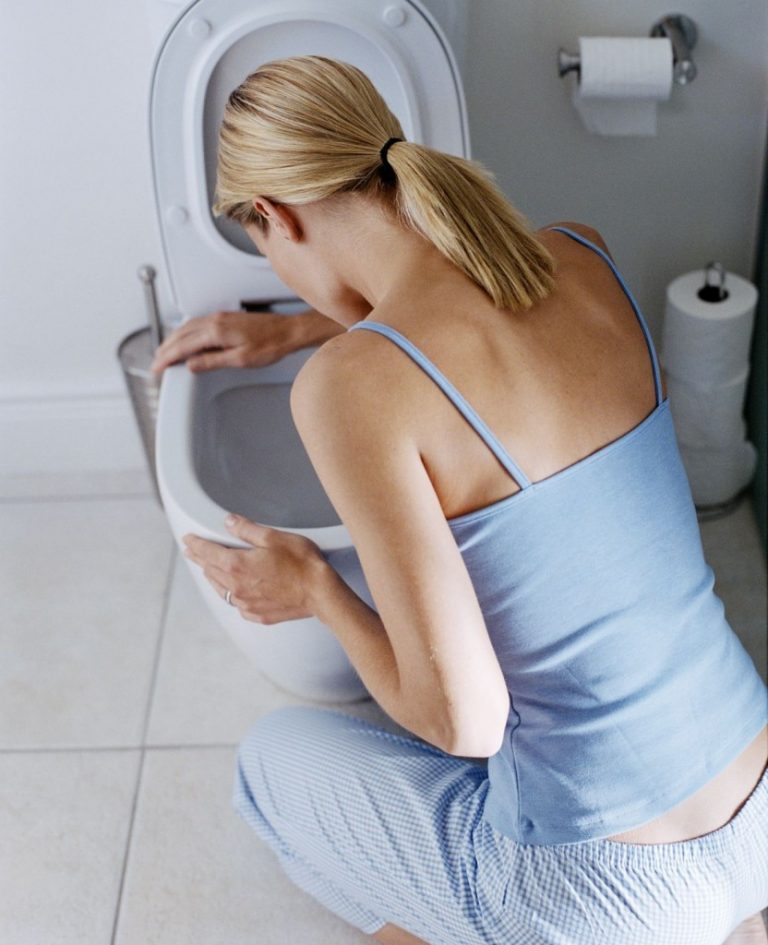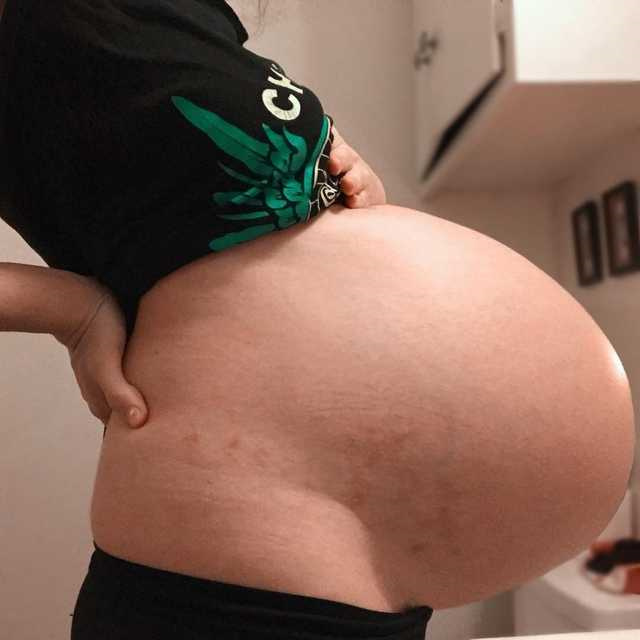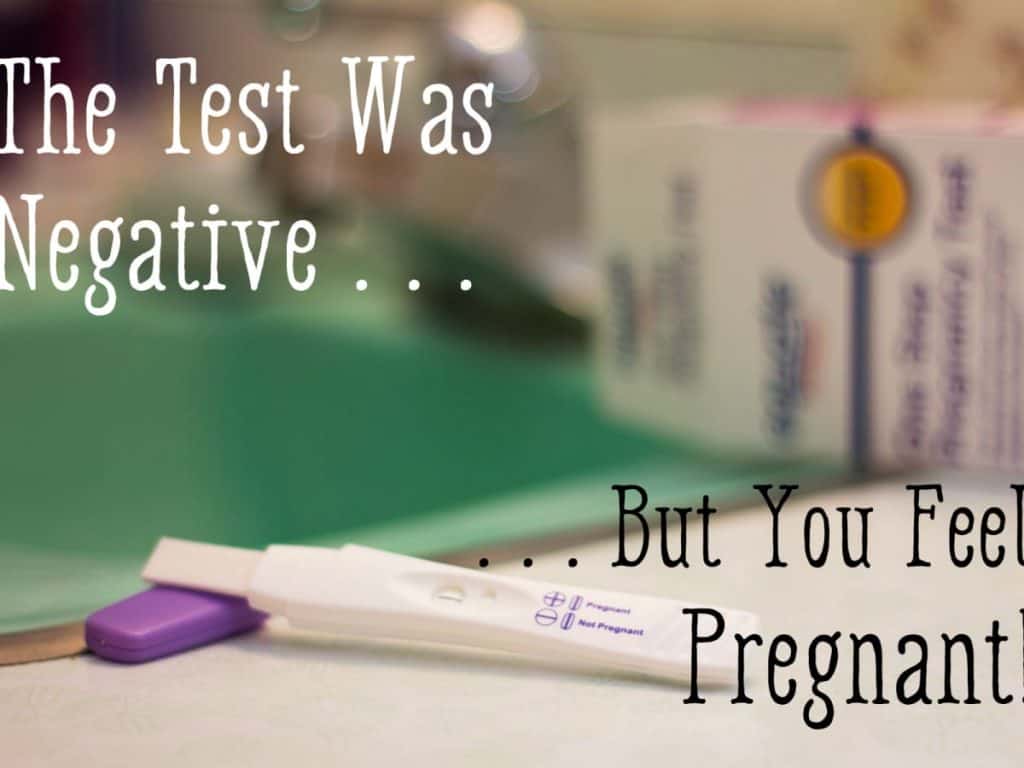How woman give birth to a child
What happens to your body during childbirth
Childbirth is challenging and complications occur, but women's bodies are designed to give birth. The shape of the pelvis, hormones, powerful muscles and more all work together to help you bring your baby into the world - before, during and after childbirth.
How your body prepares for labour
Here are some of the ways your body will prepare both you and your baby for the birth ahead.
Braxton Hicks contractions
In the weeks or days before you start having proper contractions, you may experience Braxton Hicks contractions. This is your uterus tightening then relaxing. These contractions don't usually hurt and are thought to help your uterus and cervix get ready for labour.
Braxton Hicks contractions may become more regular as you get closer to the time of birth, but unlike labour contractions, they don't change the shape of the cervix and are sometimes referred to as 'false labour'. Your midwife can tell you if you're experiencing Braxton Hicks contractions or if you are in labour by doing a vaginal examination to look at your cervix.
Changes to the cervix
As labour gets closer, your cervix softens and becomes thinner, getting ready for the dilation (widening) that will allow the baby to enter the vagina. You may also see a 'show', which is a pinkish plug of mucus, stained with blood.
Engagement
Your baby may move further down your pelvis as the head engages, or sits in place over your cervix, ready for the birth. Some women feel they have more room to breathe after the baby has moved down. This is called 'lightening'.
Rupture of the membranes, or 'waters breaking'
Some women find the sac of amniotic fluid containing the baby breaks before labour, contractions start and the fluid runs (or gushes) out of the vagina. This is referred to as rupture of the membranes, or 'waters breaking'.
Let your maternity team know when your waters have broken and take notice of the colour of the fluid. It is usually light yellow. If it is green or red, tell your maternity team since this could mean the baby is having problems.
If your waters have broken but you have not started having regular contractions within 24 hours, you may need your labour to be induced because there is a risk of infection. Your midwife or doctor will talk to you about this.
How will you know when labour has started?
Movies often show women suddenly being struck by painful contractions and rushing to hospital. In real life, many women are not sure if they have actually started their labour.
You may feel restless, have back pain or period-like pain, or stomach disturbances such as diarrhoea.
Labour officially begins with contractions, which start working to open up the cervix. You should phone your midwife when your contractions start, although you probably won't be encouraged to come to the hospital or birthing centre until your contractions are closer together.
In preparation for labour, your baby may move further down your pelvis as the head engages, or sits in place over your cervix.How the pelvis is designed for childbirth
Your pelvis is located between your hip bones. Women typically have wider, flatter pelvises than men, as well as a wider pelvic cavity (hole) to allow a baby to pass through.
Women typically have wider, flatter pelvises than men, as well as a wider pelvic cavity (hole) to allow a baby to pass through.
The organs sitting in a woman's pelvis include the uterus, cervix and vagina, which are held together by a group of muscles. During childbirth, the muscles at the top of your uterus press down on the baby's bottom. Your baby's head then presses on your cervix which, along with the release of the hormone oxytocin (see 'How hormones help you give birth', below), brings on contractions. Your cervix should dilate so your baby can pass through it.
Your pelvis has bones and ligaments that move or stretch as the baby travels into the vagina. Your baby also has spaces between the skull bones called 'sutures', and the gaps where the sutures meet on the skull are called fontanelles. This allows for the baby's head to mould as the skull bones meet or overlap, allowing it to fit more easily as it travels through your pelvis.
How hormones help you give birth
Your body produces hormones that trigger changes in your body before, during and after childbirth. Here's how they work to help you deliver your baby.
Here's how they work to help you deliver your baby.
- Prostaglandin Before childbirth, a higher level of prostaglandin will help open the cervix and make your body more receptive to another important hormone, oxytocin.
- Oxytocin This hormone causes contractions during labour, as well as the contractions that deliver the placenta after the baby is born. These post-birth contractions, including more that can occur during breastfeeding, help your uterus shrink back to its normal size. Oxytocin and prolactin are the two main hormones that produce and let down breast milk for your baby. Skin-to-skin contact between a mother and baby helps to release more of these hormones.
- Relaxin The hormone relaxin helps soften and stretch the cervix for birth, while helping your waters break and stretching the ligaments in your pelvis to allow the baby to come through.
- Beta-endorphins During childbirth, this type of endorphin helps with pain relief and can cause you to feel joyful or euphoric.

- 'Baby blues' After birth, your hormone balance can change again, and this is believed to cause the ‘baby blues’ in some women. You may feel teary, anxious and irritable and your mood can go up and down.
When childbirth doesn’t go to plan
Sometimes, complications can occur before or during childbirth that mean things don’t go as expected.
Sometimes, labour needs to be induced or started. There are a few ways to induce labour, including the mother being offered synthetic prostaglandin. This is inserted into the vagina to soften the cervix and start contractions.
If contractions slow down or stop during labour, the mother may be offered synthetic oxytocin from a drip to increase the contractions. In both these cases contractions can come on strongly and more pain relief may be needed. Your maternity team should explain the benefits and risks of this with you before you agree to it.
The baby could be in a posterior or breech position, not ideally placed above the cervix before the birth.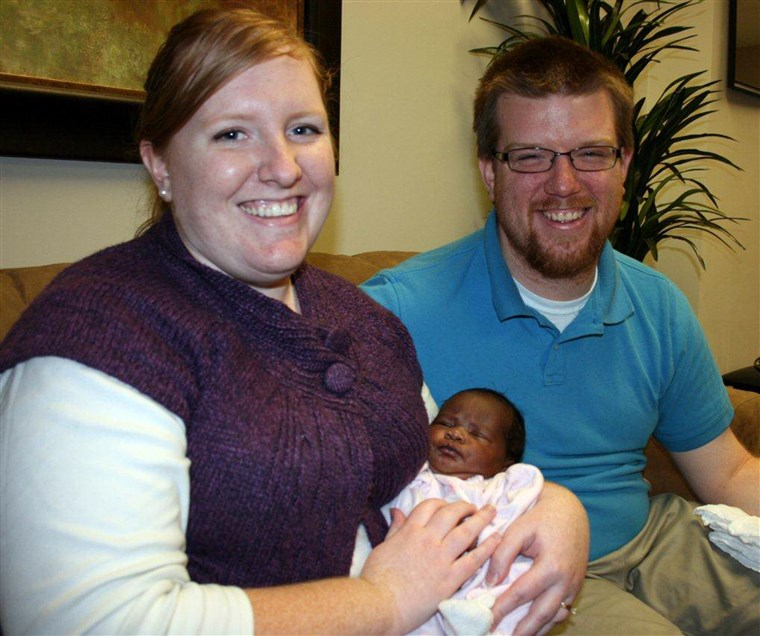 Your maternity team may need to use forceps or a vacuum to help turn the baby or help the baby travel out of the vagina. Sometimes a caesarean is needed.
Your maternity team may need to use forceps or a vacuum to help turn the baby or help the baby travel out of the vagina. Sometimes a caesarean is needed.
In rare cases, a mother may experience cephalopelvic disproportion (CPD), which is when the baby’s head is too big to fit through the pelvis. A diagnosis of CPD is usually made when labour hasn’t progressed and synthetic oxytocin has not helped. A caesarean is usually the next step.
More information
If you have any questions about childbirth or pregnancy, you can call Pregnancy, Birth and Baby on 1800 882 436, 7 days a week, to speak to a maternal health nurse.
Learn more here about the development and quality assurance of healthdirect content.
Natural Childbirth (for Parents) - Nemours KidsHealth
What Is Natural Childbirth?
Natural childbirth is giving birth using no medicines at all, instead using techniques such as relaxation and controlled breathing for pain. For many, having a natural childbirth isn't about being "brave" — it's about treating labor and delivery as natural events.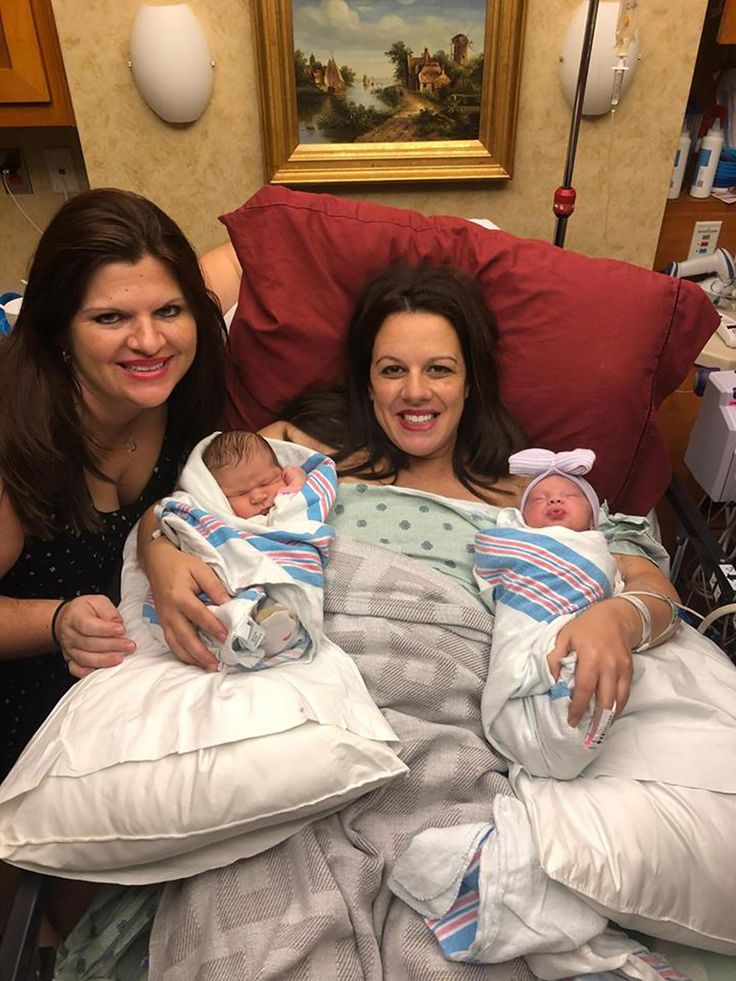 Many find the experience, despite the pain, empowering and rewarding.
Many find the experience, despite the pain, empowering and rewarding.
Natural childbirth is a way of giving birth that lets nature take its course. This may include:
- going through labor and delivery without the help of medicines, including pain relievers such as epidurals
- using few or no artificial medical interventions such as continuous fetal monitoring or episiotomies (when the perineum, the area between the vagina and anus, is cut to make room for the baby during delivery)
- letting the woman lead the labor and delivery process, dealing with it in any way she is comfortable
Why Do Women Choose Natural Childbirth?
Women with low-risk pregnancies may choose natural childbirth to avoid possible risks from medicines. Pain medicines can:
- lower blood pressure
- slow down or speed up the labor
- cause nausea
- make it hard for laboring moms to feel in control
They also might choose natural childbirth to feel more in touch with the birth experience and to help them feel in charge of their labor.
Where Can I Have a Natural Childbirth?
Birth Centers
Some who opt for natural childbirth choose to deliver in a non-hospital setting such as a birth center. There, they can move around during their labor, get in positions that are most comfortable to them, and spend time in the tub or jacuzzi. The baby is checked often, such as with a handheld ultrasound device. Comfort measures such as hydrotherapy, massage, warm and cold compresses, and visualization and relaxation techniques are often used. Moms can eat and drink during their labor.
A variety of health care professionals may work in the birth center setting — such as registered nurses, certified nurse midwives, and doulas (professionally trained providers of labor support and/or postpartum care) who act as labor assistants.
Hospitals
It's also possible to have a more natural childbirth in many hospitals. Some hospitals have birth centers with a focus on a natural approach with medical intervention available if needed. For low-risk births, many hospitals offer homelike settings where women can labor, deliver, and recover in the same room. They may take their cues from the laboring woman, letting the labor proceed more slowly and without intervention if all seems to be going well. They may use alternative pain-management techniques if requested and welcome the assistance of labor assistants like midwives or doulas.
For low-risk births, many hospitals offer homelike settings where women can labor, deliver, and recover in the same room. They may take their cues from the laboring woman, letting the labor proceed more slowly and without intervention if all seems to be going well. They may use alternative pain-management techniques if requested and welcome the assistance of labor assistants like midwives or doulas.
As in birth centers, besides the partner, other children, grandparents, and friends might be allowed to attend the birth. After birth, babies might remain with the mother longer. In its fullest form, this approach is sometimes called family-centered care.
It’s best for anyone having a high-risk pregnancy to give birth in a hospital, where they can get any needed medical care, especially in case of an emergency.
What Happens During Natural Childbirth?
Managing pain during labor can be different for every mom. Many try to control the pain by channeling their energy and focusing their minds on something else. Two common childbirth approaches are:
Two common childbirth approaches are:
- The Lamaze technique: This teaches that birth is a normal, natural, and healthy process. But it is not against using pain medicines and encourages women to make decisions based on what’s right for them.
- The Bradley method: This emphasizes a natural approach to birth and the active participation of a birth coach. Medicines are avoided unless absolutely needed. It also focuses on good nutrition and exercise during pregnancy and relaxation and deep-breathing techniques to cope with labor. The classes do prepare parents for unexpected complications or situations, like emergency C-sections.
Other natural ways to handle pain during labor include:
- hypnosis (also called "hypnobirthing")
- yoga
- meditation
- walking
- massage or counterpressure
- changing position (walking around, showering, rocking, or leaning on birthing balls)
- taking a bath or shower
- immersion in warm water or a jacuzzi
- distractions via activities to take the focus off the pain
- listening to soothing music
- visual imagery
What Will Natural Childbirth Feel Like?
How women in labor experience pain can vary. For first-time mothers, the pain is new and their labors can take longer than those who have already been through it.
For first-time mothers, the pain is new and their labors can take longer than those who have already been through it.
What Are the Risks of Natural Childbirth?
Natural childbirth is, in general, very safe in a low-risk pregnancy. But it can become risky if a woman doesn’t follower her health care provider's recommendations or refuses medical intervention if needed.
It's important for the well-being of you and your baby to be open to other options if complications happen. In an emergency, not getting medical help could put your life and your baby's at serious risk.
What If I Change My Mind?
Labor might hurt more than you had expected. Some women who said they wanted no pain medicine change their minds when they’re in labor. This is very common and completely understandable.
If the pain is too much, don't feel bad about asking for pain relief medicine. And if something doesn't go as planned, try to be flexible. That doesn't make you any less brave or committed to your baby or the labor process. Giving birth is a beautiful and rewarding experience, no matter what help you do or don’t need.
Giving birth is a beautiful and rewarding experience, no matter what help you do or don’t need.
Reviewed by: Larissa Hirsch, MD
Date reviewed: April 2022
We give birth like at home - articles from the specialists of the clinic "Mother and Child"
Zimina Natalya Nikolaevna
Obstetrician-gynecologist
MD GROUP Clinical Hospital
Presentation of home birth
The most typical arguments of supporters of home births:
- A woman's body is designed specifically to give birth to children. By nature, it has all the necessary strengths and capabilities to give birth to a healthy child on its own, which means that the help of a doctor in this process is completely unnecessary.
- The maternity hospital is not needed, because the atmosphere in it is official, hospital, and this does not contribute to relaxation in contractions and the opening of the cervix.
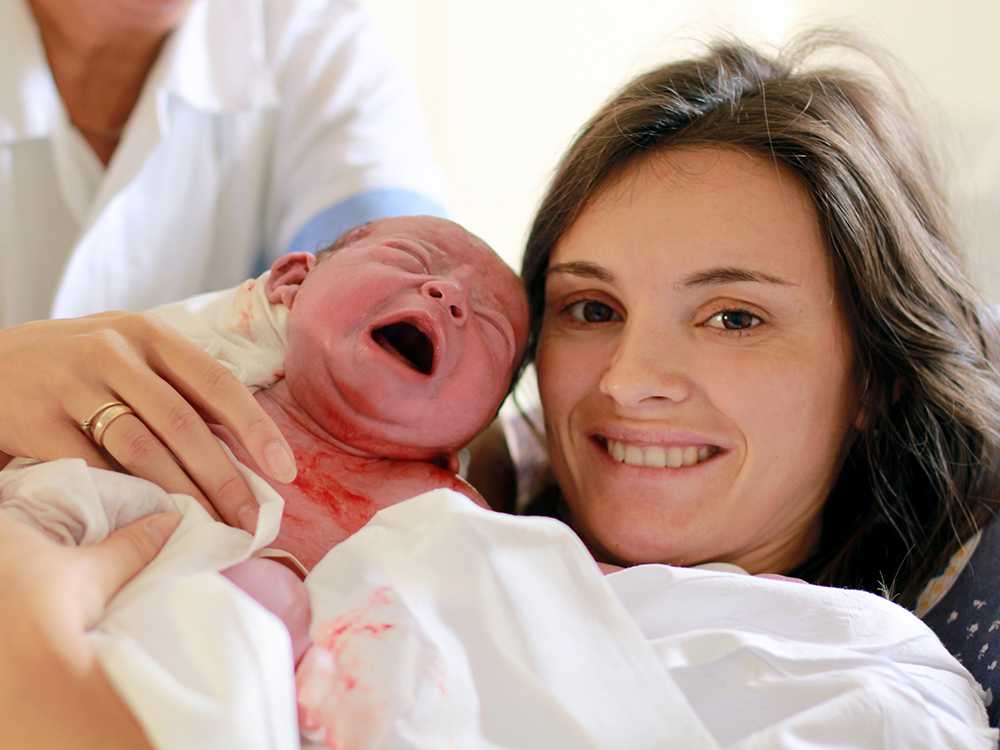
- When giving birth at home, you can take any position that is comfortable for the woman.
- And at home, you can give birth in the water (in the bath), or at least just relieve contractions by immersion in water.
- During home birth, not strangers (doctors, midwives) will be nearby, but the husband, relatives or friends.
- From the first minutes of birth, the child will be constantly next to his mother, he will not be supplemented, he will not be subjected to unnecessary manipulations and examinations.
Well, ideally, supporters of home births present them like this: effective contractions begin at 40 weeks, the first stage of labor lasts no longer than 10-12 hours. At this time, the woman in labor behaves in a way that is convenient for her, takes comfortable postures, uses techniques to anesthetize contractions (massage, breathing, water). Then comes the complete opening of the cervix, water spontaneously pours out, there are attempts, during which a healthy baby is born without much effort.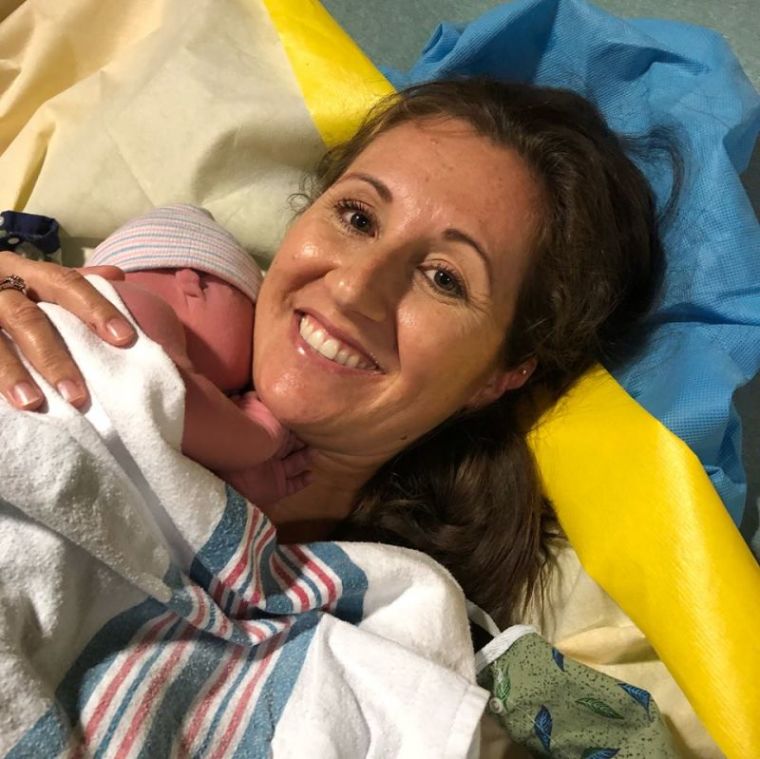 The child is immediately applied to the mother's breast - he sucks it as much as he wants, the umbilical cord is cut only after the end of the pulsation. Mom has no breaks, the child is absolutely healthy. In general, everyone is satisfied and happy.
The child is immediately applied to the mother's breast - he sucks it as much as he wants, the umbilical cord is cut only after the end of the pulsation. Mom has no breaks, the child is absolutely healthy. In general, everyone is satisfied and happy.
Actually
The picture of home birth is presented, of course, idyllically. And how happy ordinary women would be, and doctors too, if every birth went that way. But it’s not always possible to give birth the way you breathe. In childbirth or immediately after them, various unpleasant situations can arise with a woman or a child. We will not list them so as not to upset anyone. Let's just say that often the life and health of a mother and baby depend precisely on how quickly they received medical assistance . But what can be done at home in such a situation? The only thing is to call an ambulance, because it is impossible to help a child with asphyxia or a woman with bleeding or high blood pressure without certain drugs, equipment, and simply medical skills. But after all, one of the specialists will be present at the birth with the expectant mother? Good obstetricians and gynecologists are well aware of the high risk of home births, so they do not accept births at home, and a midwife, even with experience, will only cope with the simplest situation. In addition, many so-called spiritual obstetricians, as a rule, do not even have a higher, often secondary medical education, and, of course, they do not bear any legal responsibility for the outcome of childbirth. And it happens that sometimes in home births there is no midwife at all (did not come or the woman was convinced that she was not needed). Therefore, of course, we can agree that the home environment helps a lot, but will it be possible to give birth in it in the event of some non-standard or difficult situation?
But after all, one of the specialists will be present at the birth with the expectant mother? Good obstetricians and gynecologists are well aware of the high risk of home births, so they do not accept births at home, and a midwife, even with experience, will only cope with the simplest situation. In addition, many so-called spiritual obstetricians, as a rule, do not even have a higher, often secondary medical education, and, of course, they do not bear any legal responsibility for the outcome of childbirth. And it happens that sometimes in home births there is no midwife at all (did not come or the woman was convinced that she was not needed). Therefore, of course, we can agree that the home environment helps a lot, but will it be possible to give birth in it in the event of some non-standard or difficult situation?
Natural childbirth is possible
But how then to ensure naturalness in childbirth and are there such childbirth at all? In fact, today, natural childbirth is widely carried out in most maternity hospitals, and is not only carried out, but also actively promoted .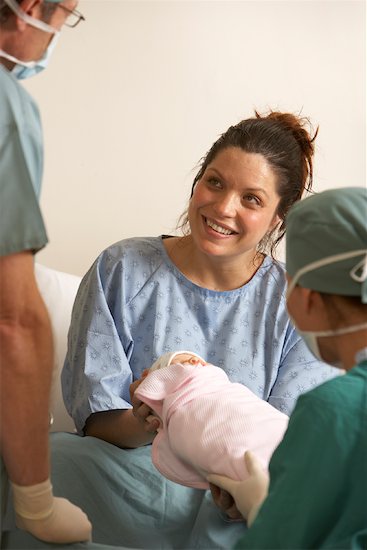 If everything goes well, if the birth proceeds correctly, if the baby’s heart beats evenly, and the mother feels good, the doctors of the maternity hospital do not interfere with the birth, but simply observe their course. A woman gives birth on her own, as nature dictates. But what about the notorious home comfort in childbirth? Turns out today many maternity hospitals provide natural childbirth "at home" :
If everything goes well, if the birth proceeds correctly, if the baby’s heart beats evenly, and the mother feels good, the doctors of the maternity hospital do not interfere with the birth, but simply observe their course. A woman gives birth on her own, as nature dictates. But what about the notorious home comfort in childbirth? Turns out today many maternity hospitals provide natural childbirth "at home" :
- Almost everywhere now free behavior during childbirth is actively practiced : a woman in labor does not have to lie on the bed all the contractions, but can choose any position.
- In many maternity hospitals there are various devices to facilitate contractions : transforming beds, balls, ropes (with their help you can take different positions in contractions), and in some, in addition to the shower, there is even a jacuzzi in which you can spend the first stage of childbirth.
- Of course, not all, but already many Russian maternity hospitals have either been renovated or built in accordance with modern ideas about beauty and comfort .
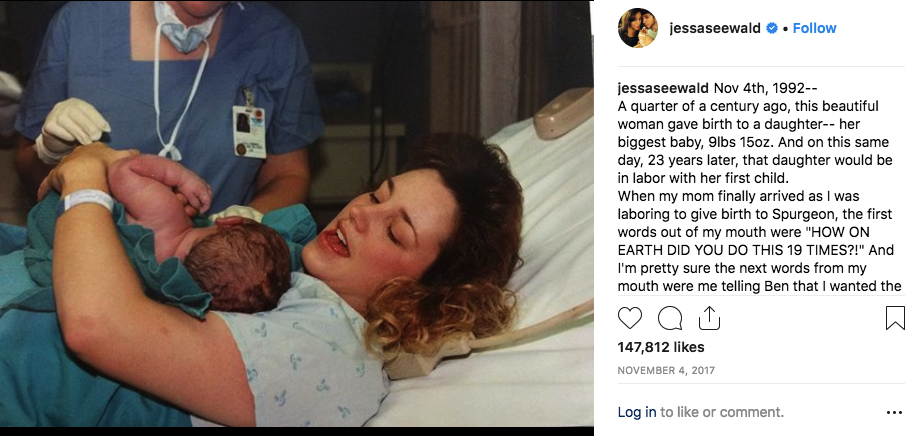 Even in free maternity hospitals there are cozy double rooms with a private bathroom, fresh renovation and beautiful linens. What can we say about childbirth under a contract or in a commercial clinic - the conditions there are more than excellent.
Even in free maternity hospitals there are cozy double rooms with a private bathroom, fresh renovation and beautiful linens. What can we say about childbirth under a contract or in a commercial clinic - the conditions there are more than excellent. - According to the order of the Ministry of Health of the Russian Federation, in any maternity hospital where there are separate maternity boxes, a husband, girlfriend, personal midwife or even a psychologist can be present at the birth, and absolutely free of charge . So, the expectant mother will not be left without support.
- Today, in all maternity hospitals, babies are immediately applied to the mother's breast; it is also possible for mother and baby to stay together in the postpartum department.
- Now you can easily find a maternity hospital where you can live together with your husband after childbirth in a comfortable family room . All this, of course, is not free - but if you really want it, then it is quite feasible.
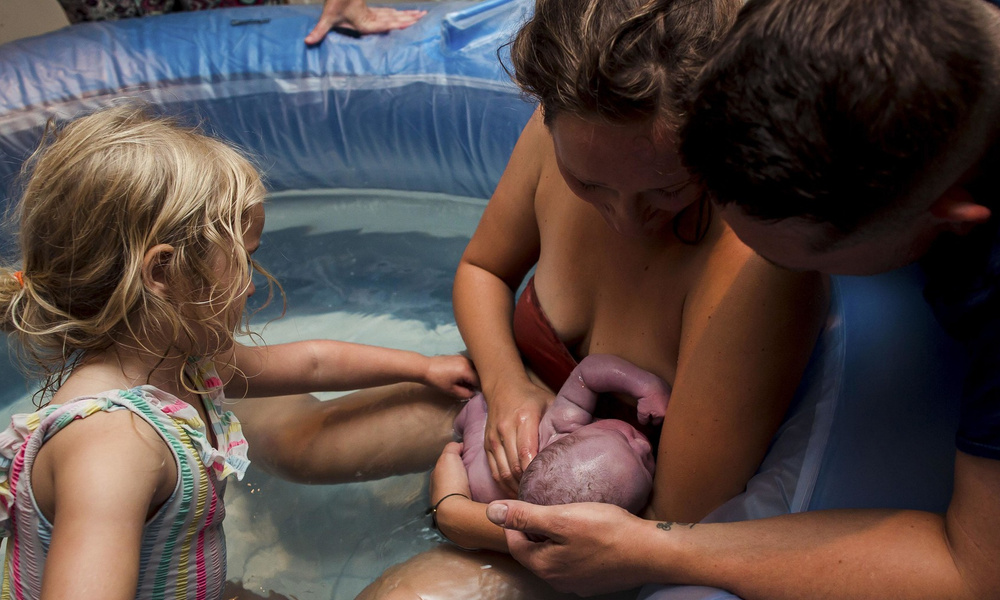
So do not be afraid of the maternity hospital: it has all the conditions for natural and safe childbirth. And home birth is an unjustified risk and an unknown result.
Have you read at least one story about childbirth at home that ended unsuccessfully? Hardly. And if they read it, it is not enough. And the reason for this, as a rule, is the same: with an unfavorable development of childbirth and problems with the child, a woman is aware of her carelessness and simply keeps silent about it.
“They used to give birth in the field” is one of the popular arguments of supporters of home births. They gave birth, but only the mortality rate in childbirth (both children and mothers) was extremely high.
An individual approach to the future mother and her baby, living together, free behavior during childbirth, the opportunity to choose a doctor and midwife, take a husband to give birth - all this is now available in many Russian maternity hospitals
5 signs that you are having a natural birth in the hospital
- Freedom of movement: in the maternity box there is a multifunctional bed-transformer, balls, ropes.

- Presence of a partner: a future father, girlfriend or psychologist is welcome at the birth.
- Natural Pain Relief: The delivery room has hydromassage baths or showers to ease contractions during the first stage of labour.
- Living together with the child: in the maternity hospital, the constant presence of the baby with the mother and breastfeeding are practiced.
By clicking on the send button, I consent to the processing of personal data
03/15/2018
God loves trinity
Zimina Natalya Nikolaevna Normantovich Tatyana OlegovnaWhy childbirth is so hard and dangerous
- Colin Barras
- BBC Earth
Sign up for our 'Context' newsletter to help you sort things out.
Image copyright iStock
For a long time, scientists believed that the reason for such difficult childbirth in women is the upright posture of a person.
 However, recent research shows that this is not the only thing, says BBC Earth columnist .
However, recent research shows that this is not the only thing, says BBC Earth columnist . The birth of a child is a long and painful process, and sometimes deadly. According to the World Health Organization, about 830 women die every day due to complications during pregnancy and childbirth (which, however, is 44% lower than in 1990 years).
"These statistics are astounding," says Jonathan Wells of University College London, who studies infant nutrition. "Female mammals have never had to pay such a high price for offspring."
- Russian woman who gave birth to 69 children: truth or fiction?
- Pregnancy and childbirth in the UK: free and without a doctor
- Is it possible to determine the sex of a child by the size of the mother's belly?
- "Age - one day": the first hours of a new life
But why is childbirth so dangerous for women? And what can we do to reduce the death rate?
Scientists first began to think about the causes of such dramatic childbirth in women in the middle of the 20th century.
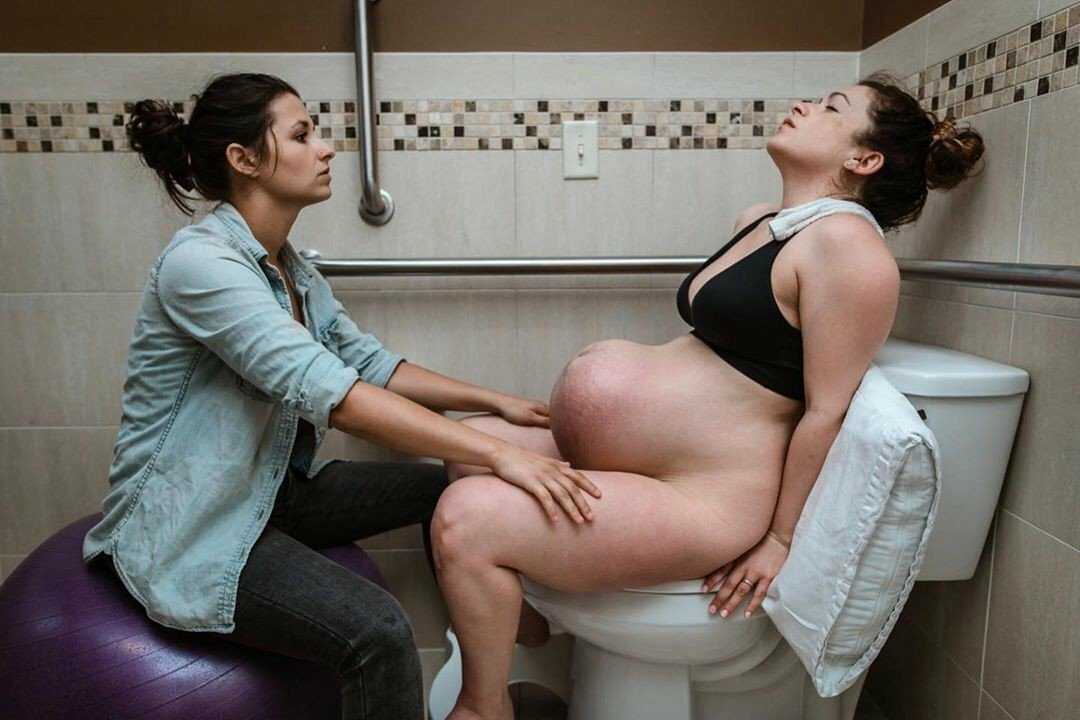 They quickly, as it seemed then, found an explanation.
They quickly, as it seemed then, found an explanation. Problems with childbearing began as early as the earliest members of our evolutionary branch, the hominins, who split from other primates about seven million years ago.
These were animals that had little in common with us today, except, perhaps, for the fact that already in those distant times, like us, they walked on two legs.
Photo copyright, JUAN MANUEL BORRERO/naturepl.com
Photo caption,For millions of years, hominins moved upright
Walking upright caused the hominins' skeleton to change - it stretched, and this affected the shape of the pelvis.
In most primates, the birth canal is relatively straight. Among the hominins, they soon changed quite markedly. The hips became narrower, and the birth canal curved.
Thus, at the dawn of our history, hominin babies had to twist and turn in order to squeeze through the birth canal.
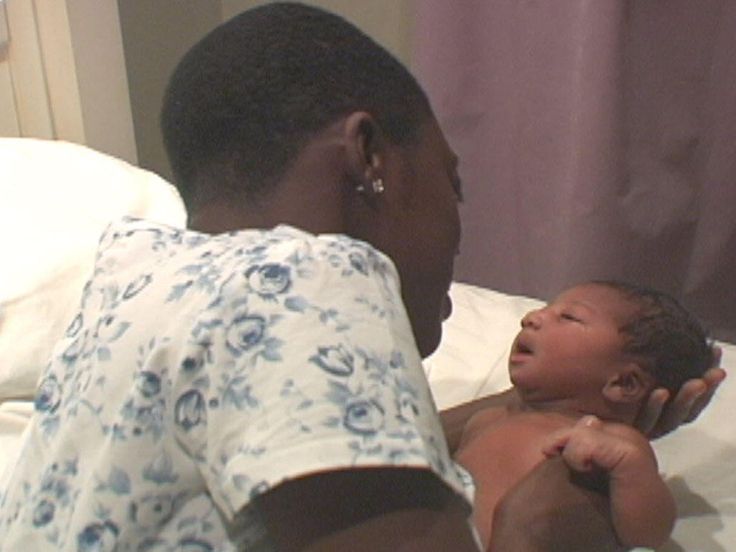 This made the birth process very difficult.
This made the birth process very difficult. But things soon got worse.
About two million years ago, our hominin ancestors began to change again. They lost their ape-like features and became more like modern humans.
Their bodies have become a little longer, their arms have shortened, and their brains have noticeably enlarged. And this last detail was bad news especially for women.
Image copyright, Science Photo Library
Image caption,Around two million years ago, our hominin ancestors began to lose their ape-like features and become more like modern humans
It seems that evolution has begun to contradict itself. On the one hand, the pelvis of women had to narrow so that they could move on two legs, on the other hand, the babies they carried had an enlarged head, complicating the process of passing through the already narrow birth canal.
Childbirth turned into an incredibly painful and potentially dangerous business, which it has remained to this day.

In 1960, anthropologist Sherwood Washburn called this theory the "obstetrical dilemma" and this explanation satisfied many scientists. But not everyone.
Holly Dunsworth of the University of Rhode Island was initially fascinated by Washburn's theory, but later realized that there was a lot that didn't add up.
According to Washburn, when the human brain expanded two million years ago, the woman's body began to adapt to this, and the duration of pregnancy was noticeably reduced.
Photo credit, Science Photo Library/Alamy
Photo caption,Many women use pain relief during childbirth
Skip the Podcast and continue reading.
Podcast
What was that?
We quickly, simply and clearly explain what happened, why it's important and what's next.
episodes
The End of the Story Podcast
And it seems like a pretty logical hypothesis: babies began to be born at an earlier stage of development, and anyone who has ever seen a newborn baby will attest to how helpless and vulnerable he is.
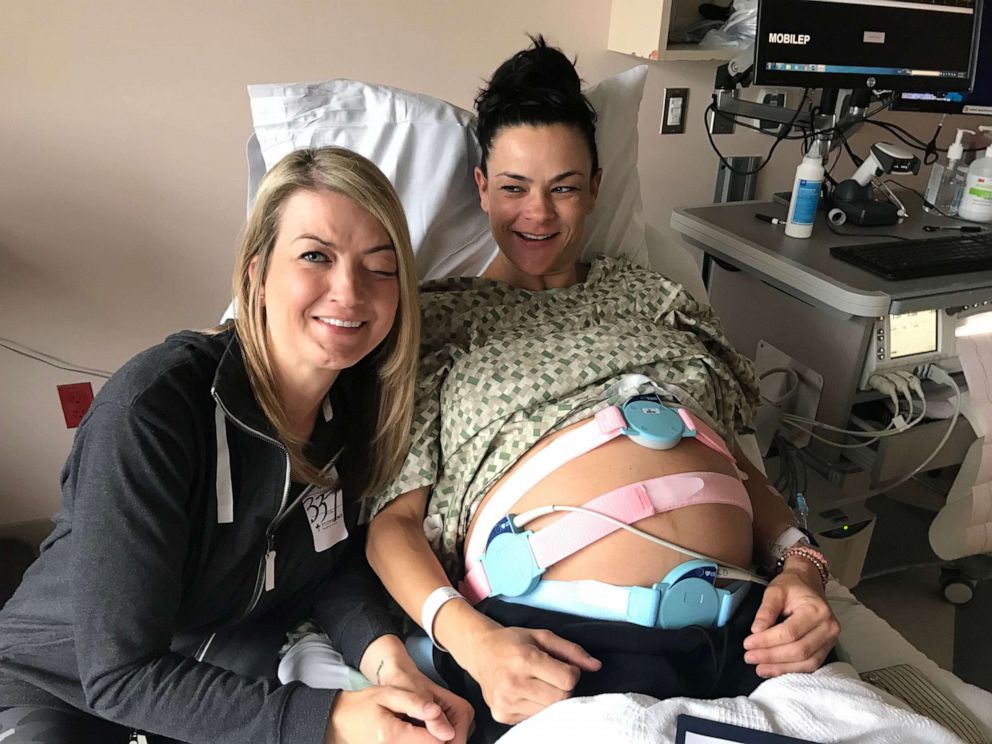
However, Dunsworth believes that this is simply not true.
"Our babies are born fairly large, and female pregnancies last 37 days longer than monkeys of the same size," explains the researcher.
The same applies to the size of the brain. Females give birth to babies with larger heads than females of other primates, with about the same body weight as females. And this means that the key points of Washburn's hypothesis are false.
And that's not all. The central assumption of the obstetrical dilemma is that the size and shape of the human pelvis, in particular in women, has changed greatly due to our habit of walking in an upright position.
However, if evolution were to solve the problem of childbirth in humans, it would certainly have already made women's hips and, accordingly, the birth canal a little wider.
In this case, our ability to walk on two legs would not be affected at all.
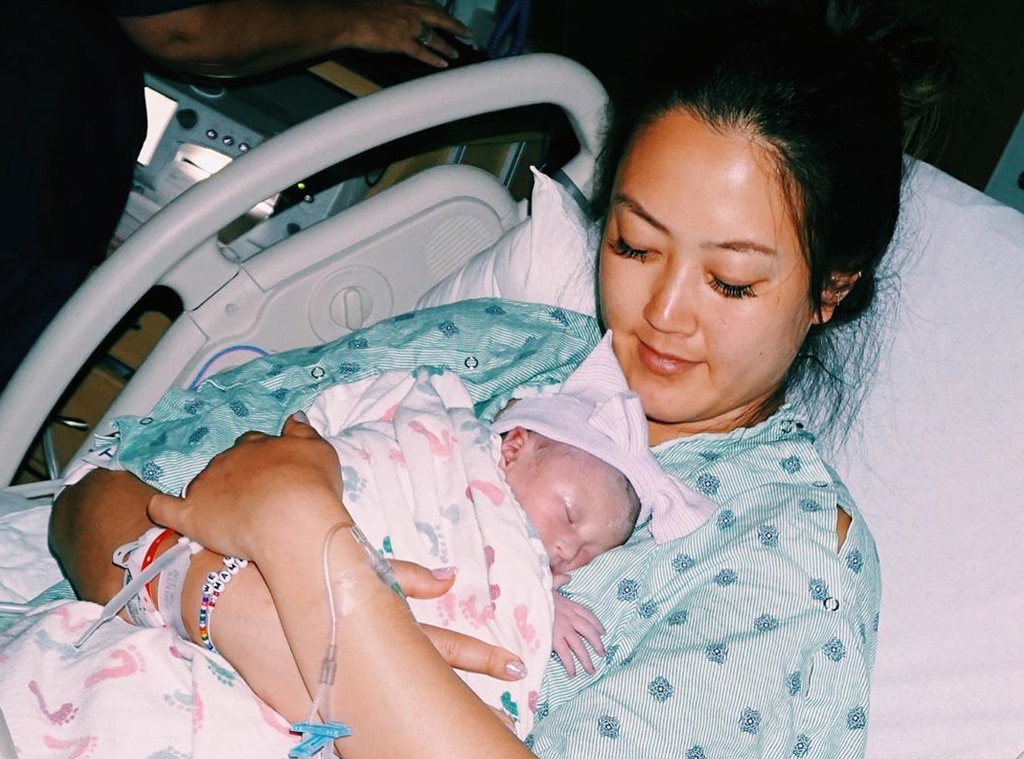
Photo credit, Visuals Unlimited/naturepl.com
Photo caption,Men's (left) and women's (right) pelvises
In 2015, researchers from Harvard University conducted an experiment that involved men and women with different body types.
The researchers observed the physical activity of volunteers in the lab and found that those with wider hips had no problem walking or running.
So, if nature, through evolution, made women's hips a little wider and thus facilitated childbearing, women's ability to move would not deteriorate.
According to Dunsworth, the duration of pregnancy in women is not determined by the size of the baby's brain, as the obstetric dilemma suggests.
The fact is that a woman's body is simply not able to feed a fetus that requires too much energy for longer than 39-40 weeks.
This means that the reason for this length of pregnancy is not the difficulty of passing the child through the birth canal, as Washburn believed.

Image copyright, iStock
Image caption,Fetus on CT scan
What then is the true cause of difficult labor in women? In 2012, researcher Jonathan Wells of University College London and his team began to study the history of childbirth and came to a startling conclusion.
For most of human evolution, it was obviously much easier to have a baby than it is now.
From the little evidence that remains today, it follows that in early hunter-gatherer societies, childbirth was one of the smallest problems.
Archaeologists find almost no skeletons of babies from this period, which indicates a relatively low mortality rate in early childhood.
But the situation changed dramatically a few thousand years ago, when people switched to a sedentary lifestyle.
Many more newborn bones appear in the archaeological evidence from the early agricultural era.
Photo copyright, Volker Steger/4 million years of man/SPL
Photo caption,Homo erectus, the immediate ancestor of modern humans, could have had a much easier birth process.
 ..
.. On the one hand, living in a more populous community led to outbreak of infectious diseases, and newborns, as the most vulnerable, became their victims.
On the other hand, the diet of farmers with a high content of carbohydrates began to differ markedly from the diet of hunter-gatherers, which was dominated by proteins.
This provoked changes in the body structure: the farmers, as evidenced by archaeological finds, were significantly shorter than the hunter-gatherers.
And scientists who study childbirth are well aware that the shape and size of a woman's pelvis directly depends on her height.
The smaller the woman, the narrower her hips - hence, the transition to agriculture has complicated the process of childbearing.
On the other hand, a diet rich in carbohydrates has made babies gain weight faster in the womb, and it is much more difficult to give birth to a large baby.
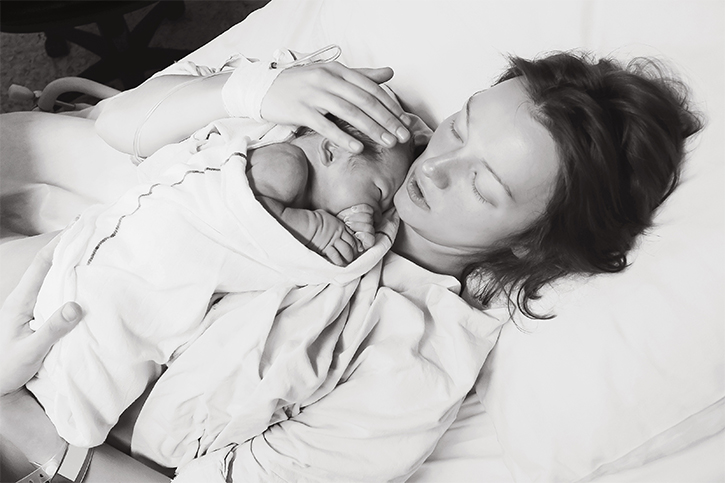
Photo copyright, Jose Antonio Penas/Science Photo Library
Photo caption,Farming has once again changed our bodies
Thus, about 10 thousand years ago, childbirth, which for millions of years was a relatively easy process for humans, suddenly become a problem.
However, according to Holly Dunsworth, this is not the end of the story.
Scientific evidence shows that a woman's pelvis is at its best for childbirth around the age of 20, when she reaches her peak fertility, and stays that way until about 40 years of age.
After that, it gradually changes its shape, preparing for menopause, and becomes less suitable for the birth of a child.
The question arises: if so many evolutionary factors influenced the characteristics of childbirth, maybe this process continues to this day?
Image copyright, iStock
Image caption,Pregnancy is sometimes debilitating for a woman
In December 2016, scientists Fischer and Mittereker published a sensational paper on this topic.
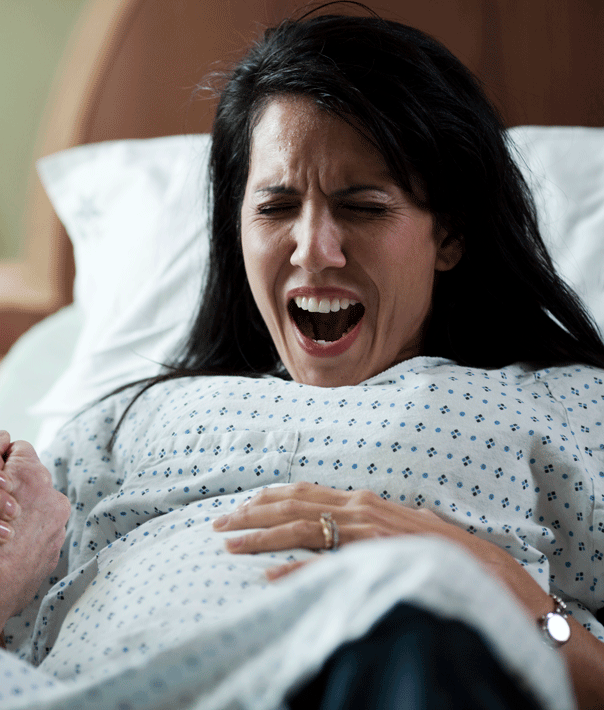
Previous studies have suggested that larger babies are more likely to survive, and that infant size at birth is to some extent a hereditary factor.
The growth of a medium-sized fetus is evolutionarily limited by the width of the female pelvis. But many babies are now being born by caesarean section.
- Top of evolution: caesarean section lets the weak survive
Consequently, Fischer and Mittereker believe that in societies where caesarean section is gaining popularity, babies will be born ever larger.
Image copyright, iStock
Image caption,In some parts of the world, the female body may be evolving towards larger babies
Theoretically, the number of times a baby is too big to be born naturally could increase by 10-20 % within just a few decades, at least in some parts of our planet.
Or, in other words, the body of a woman in these societies may evolve towards the birth of larger babies.




